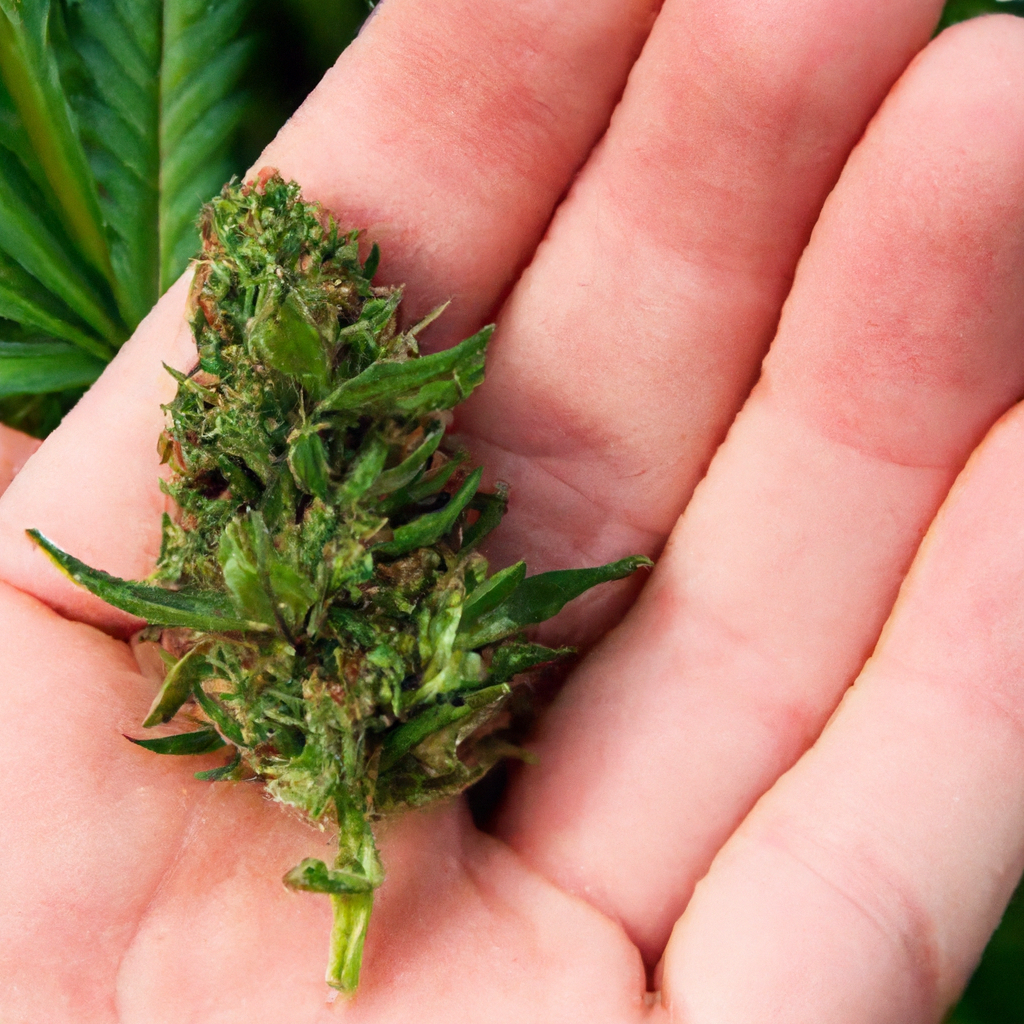Your cart is currently empty!
As the cannabis industry continues to grow, understanding the scientific principles behind cannabis pollination becomes essential for both novice and experienced cultivators. Effective pollination not only affects the yield but also influences the seed quality and genetic stability of cannabis plants.
Understanding Cannabis Pollination
Cannabis plants are dioecious, meaning there are distinct male and female plants. Pollination occurs when pollen from male plants fertilizes female plants, resulting in seed production. This process is vital for sustaining cannabis genetics and facilitating breeding efforts for new strains.
Types of Pollination
- Natural Pollination: This occurs when pollen is spread through natural means such as wind or insects. While cost-effective, it lacks precision and can lead to genetic variability.
- Controlled Pollination: In a controlled environment, growers manually introduce pollen to selected female plants. This technique aids breeders in creating specific strains with desired traits.
Advantages of Controlled Pollination
- Genetic Control: Allows breeders to target specific traits like THC content, pest resistance, or yield size.
- Consistency: Ensures uniformity in plant characteristics across crops.
- Reduced Chances of Hermaphroditism: By selecting well-defined male and female plants, growers minimize the chances of hermaphrodite occurrences, which can arise in stressed or improperly bred plants.
Step-by-Step Guide to Controlled Pollination
- Identify Healthy Parent Plants: Select vigorous, disease-free male and female plants with desirable traits.
- Isolate the Male Plants: Keep them separate from females to prevent unwanted pollination until you’re ready to collect pollen.
- Collect and Store Pollen: Once male plants mature, gently tap the flowers to collect pollen. Store in a cool, dry place.
- Introduce Pollen to Female Plants: Use a brush or similar tool to apply pollen to the stigmas of female flowers.
- Monitor Development: After pollination, monitor female plants for seed development and maturation.
Conclusion
Mastering cannabis pollination not only enhances yield and quality but also plays a crucial role in innovation and strain development. By understanding the different types of pollination and utilizing controlled techniques, growers can achieve desired outcomes with consistency and precision.
With a basic grasp of these principles, cultivators can boost their yields, refine genetic traits, and produce superior cannabis strains tailored to specific needs.
Tags: CannabisCultivation, CannabisScience, strains, CultivationTips, ScientificResearch
Discover more from Magic Clones
Subscribe to get the latest posts sent to your email.


Leave a Reply